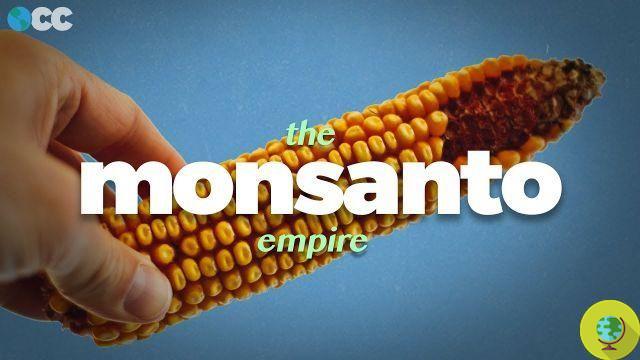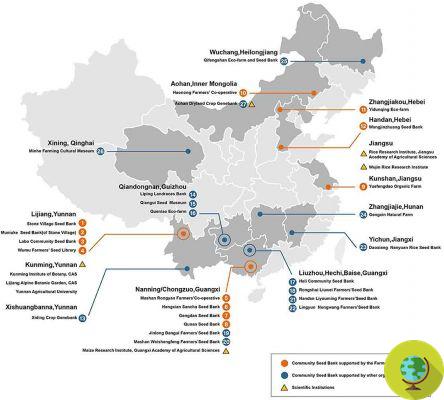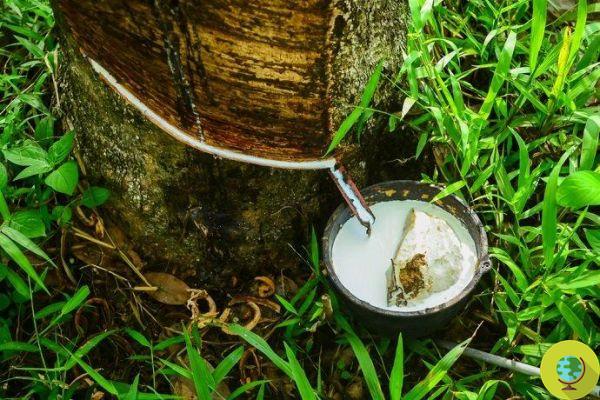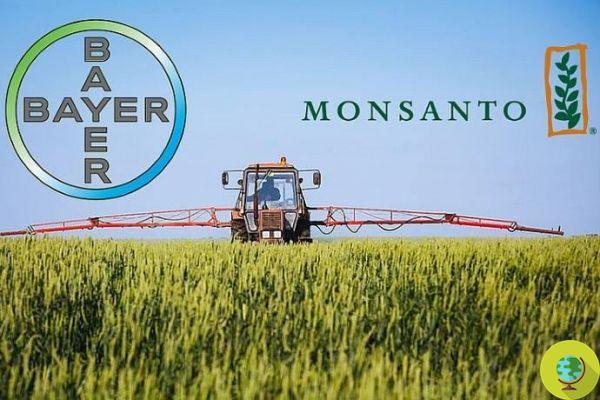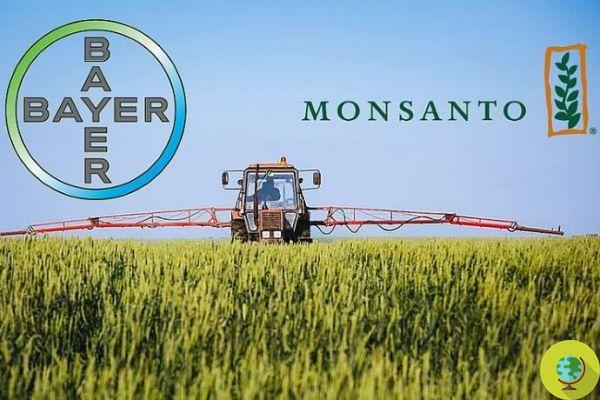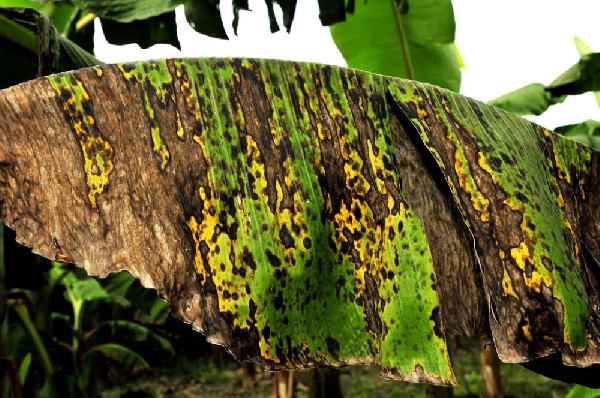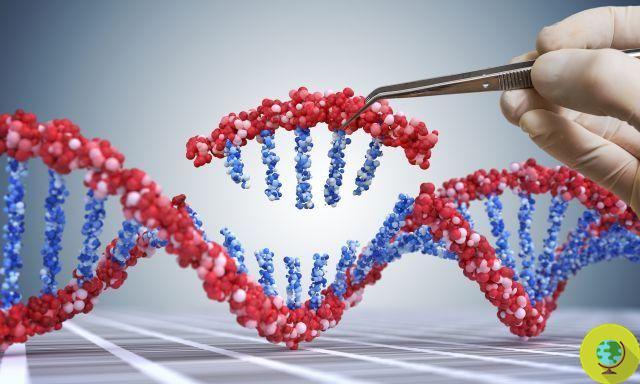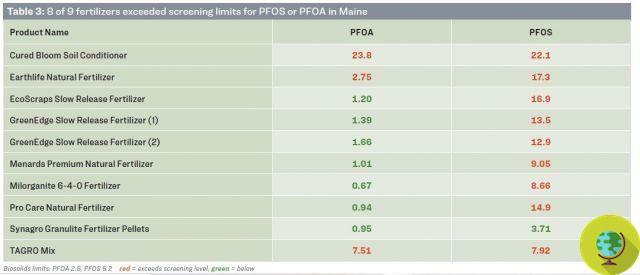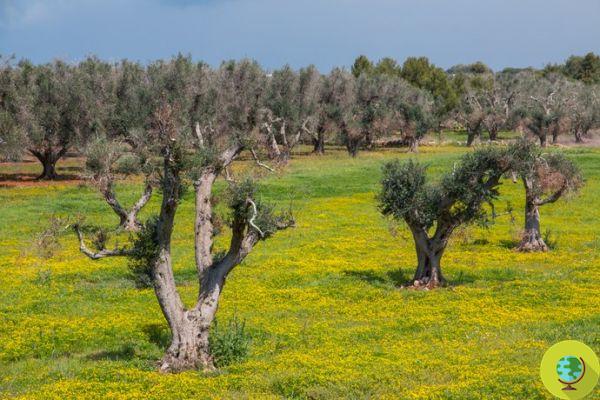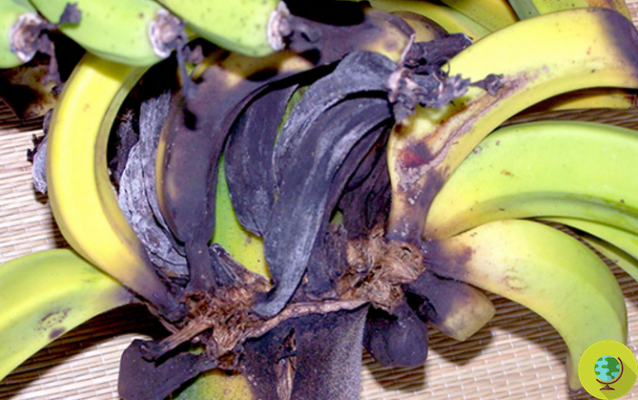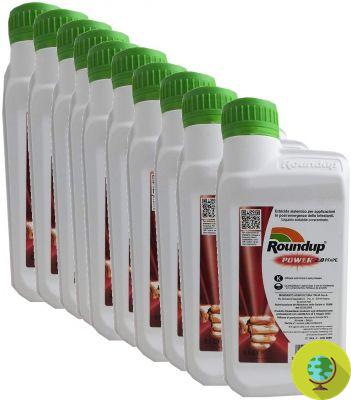
Monsanto, a leading multinational company in the field of GMOs in agriculture, is undermining with its own weapons the success achieved in the United States thanks to a perfect marketing apparatus and the illusion given to farmers of being able to obtain greater productivity without any side effects.
He is about to end up run over, his mother saves him
Monsanto, a leading multinational company in the sector of GMOs in agriculture, is undermining the success achieved in Italy with its own weapons United States thanks to a perfect marketing apparatus and the illusion given to farmers to be able to obtain greater productivity without any side effects.
According to data collected by the United States Department of Agriculture, 70% of the corn and 94% of the soy produced in the United States would come from genetically modified crops. This is not surprising, given that Monsanto has succeeded in monopolize the seed marketmaking it nearly impossible for farmers to procure conventional seeds.
Monsanto had promised that thanks to its products it would have guaranteed an increase in agricultural productivity, an improvement in the nutritional value of plants and crops more resistant to bad weather. In reality, Monsanto has only put on the market seeds characterized by two different genetic modifications, making them capable of resist herbicides or to release insecticidal proteins, as in the case of Bt corn.
Bt corn is able to counteract the in the pyramid, moth accused of causing the greatest damage to conventional corn crops by releasing an insecticidal protein of the Bacillus thuringiensis subsp. Scientists would have advised farmers from the start to reserve only for Bt maize part of the crops, so as to avoid the risk that insects developed resistance to the protein in question.
And this is precisely what is unfortunately now happening in many states, so much so that the EPA (United States Environmental Protection Agency), the main US environmental protection body, would have intervened asking Monsanto for a plan for the problem resolution, accusing the company, in a dossier, of not having monitored the situation of the crops in question as it should have, although the alarm was raised as early as 2004.
Monsanto over time would have continued to deny the scientific evidence relating to the resistance to Bt developed by corn moths with the consequence that it could expand to further involve agriculture, putting at greater risk also the organic crops.
Added to this is the problem of weeds, made so resistant by use of the herbicide Roundup, another well-known product from Monsanto, to force many US farmers to abandon their fields or to use combinations of herbicides that are even more toxic and harmful, as well as expensive.
Monsanto has kept the genetic malformations that Roundup is likely to cause hidden from the world for thirty years, and the company's action in concealing the evidence could continue even in the case of the but bt and the weed problem. It is desirable that one increased media attention the subject, in the United States and beyond, can bring down the house of cards that Monsanto unknowingly risks destroying by itself.
Marta Albè






